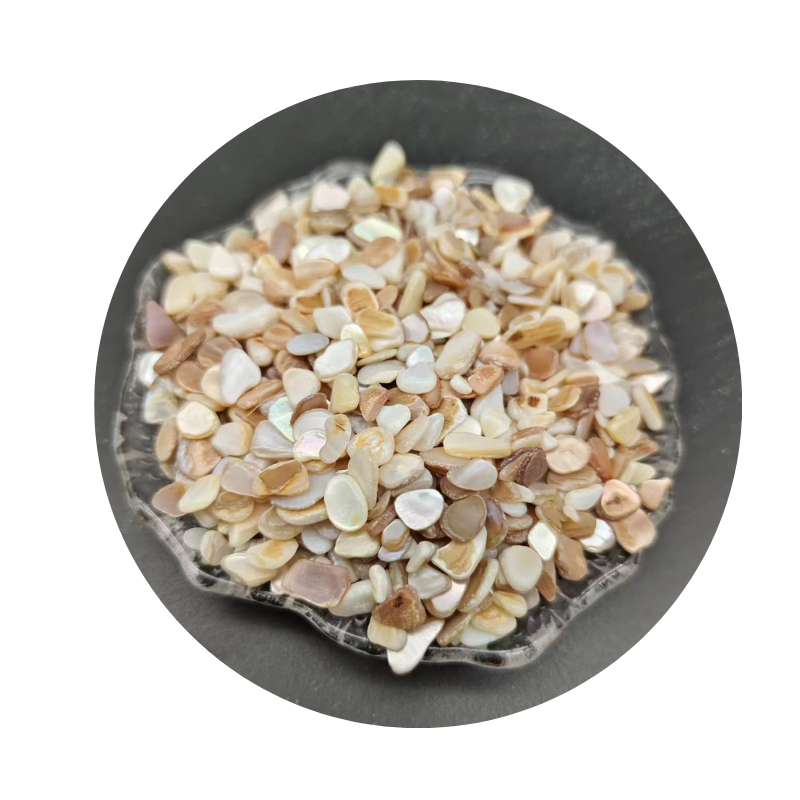
Fly Ash and Silica Fume Production for Enhanced Construction Materials
The Role of Fly Ash and Silica Fume in Modern Construction
In the construction industry, the quest for sustainable and durable materials has led to the increasing use of supplementary cementitious materials (SCMs). Among these, fly ash and silica fume stand out as two of the most widely utilized additives. Their incorporation into concrete not only enhances the performance of the final product but also promotes environmental sustainability by reducing the carbon footprint associated with cement production.
What Are Fly Ash and Silica Fume?
Fly ash is a byproduct of burning pulverized coal in electric power generating plants. It consists of fine particles that are carried away with flue gases and subsequently collected by electrostatic precipitators. Fly ash contains silica, alumina, and iron, making it an excellent candidate for utilization in concrete production. By replacing a portion of Portland cement with fly ash, the resulting concrete exhibits improved workability, reduced heat of hydration, and enhanced strength over time.
Silica fume, on the other hand, is a byproduct of producing silicon metal or ferrosilicon alloys. It consists of extremely fine glassy particles that can fill the voids between cement particles and enhance the performance of concrete. Silica fume is known for its ability to significantly increase the compressive strength and durability of concrete, making it a favored choice for high-performance applications like bridges, dams, and high-rise buildings.
Benefits of Using Fly Ash and Silica Fume
1. Enhanced Strength and Durability One of the primary benefits of incorporating fly ash and silica fume into concrete is the improvement in strength. The pozzolanic reactions that occur when these materials are mixed with cement significantly contribute to the long-term strength development of concrete. This is particularly advantageous for structures that are required to withstand high loads or harsh environmental conditions.
fly ash and silica fume manufacturer

2. Reduced Permeability Both fly ash and silica fume help to reduce the permeability of concrete. This results in improved resistance to water and chemical ingress, which is crucial for the durability of structures exposed to moisture, such as foundations, parking garages, and water treatment facilities. Lower permeability also helps in preventing issues like efflorescence and spalling over time.
3. Sustainability The use of fly ash and silica fume contributes to sustainability goals in construction. By replacing a portion of Portland cement with these materials, the overall carbon emissions associated with concrete production are significantly reduced. Portland cement production is a major source of CO2 emissions, and utilizing SCMs effectively decreases the demand for cement, fostering more environmentally friendly construction practices.
4. Cost-Effectiveness Incorporating fly ash can lead to cost savings in concrete production. Since fly ash is often less expensive than Portland cement and is a waste product, its use can lower material costs. Moreover, the improved workability of concrete containing fly ash can reduce labor costs during mixing and placement.
Challenges and Considerations
While the advantages are compelling, there are also challenges associated with the use of fly ash and silica fume. The variability in the quality and chemical composition of fly ash can affect the performance of concrete, necessitating careful material selection and quality control. Furthermore, silica fume can be more difficult to work with due to its fine particle size, which may require adjustments in the mix design to achieve the desired consistency and performance.
Conclusion
The incorporation of fly ash and silica fume into concrete mixes has transformed modern construction practices, providing myriad benefits in terms of strength, durability, and sustainability. As the construction industry continues to adopt greener practices, the role of these supplementary cementitious materials will likely grow, creating a more sustainable future for construction and infrastructure development. Manufacturers of fly ash and silica fume are thus positioned to play a crucial role in this evolution, providing essential materials for a more resilient built environment.
Share
-
Premium Glass Sand Solutions | High Purity SupplyNewsAug.03,2025
-
Premium Talcum Powder Enhanced with GPT-4 Turbo | Soft & Long-LastingNewsAug.02,2025
-
Fly Ash Solutions Enhanced by GPT-4 Turbo | Sustainable InnovationNewsAug.01,2025
-
Natural Premium Bentonite Cat Litter - Superior ClumpingNewsJul.31,2025
-
Premium Resin Coated Sand - High Heat Resistance CastingNewsJul.31,2025
-
High Quality Silicon Carbide Grit for Abrasive ApplicationsNewsJul.30,2025






